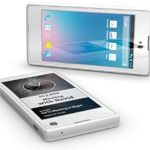latest
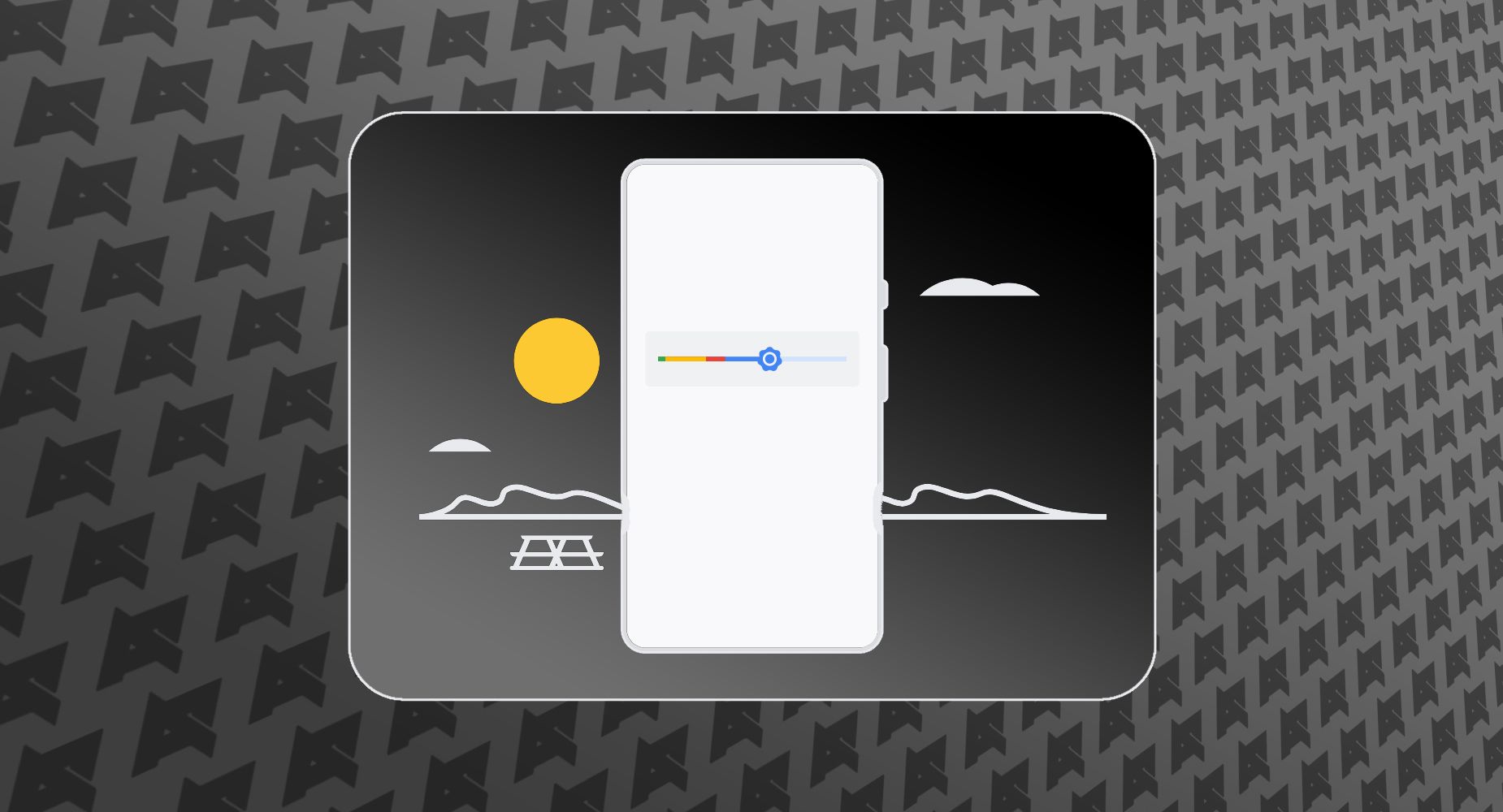
How to reset Adaptive Brightness settings on your Android phone
Adaptive Brightness is awful, but a quick reset may save your from dreaded screen blasts
Adaptive brightness on Android phones helps with screen visibility when outdoors for a selfie or texting indoors. It automatically matches your display with real-world light levels. In bright environments, your screen increases lighting and reduces it in darker settings to preserve battery life and prevent eye discomfort. If you own a shiny new Samsung Galaxy S24 flagship, you have more room to manipulate your screen's light. The display peaks at 2,600 nits, surpassing previous models in the lineup.
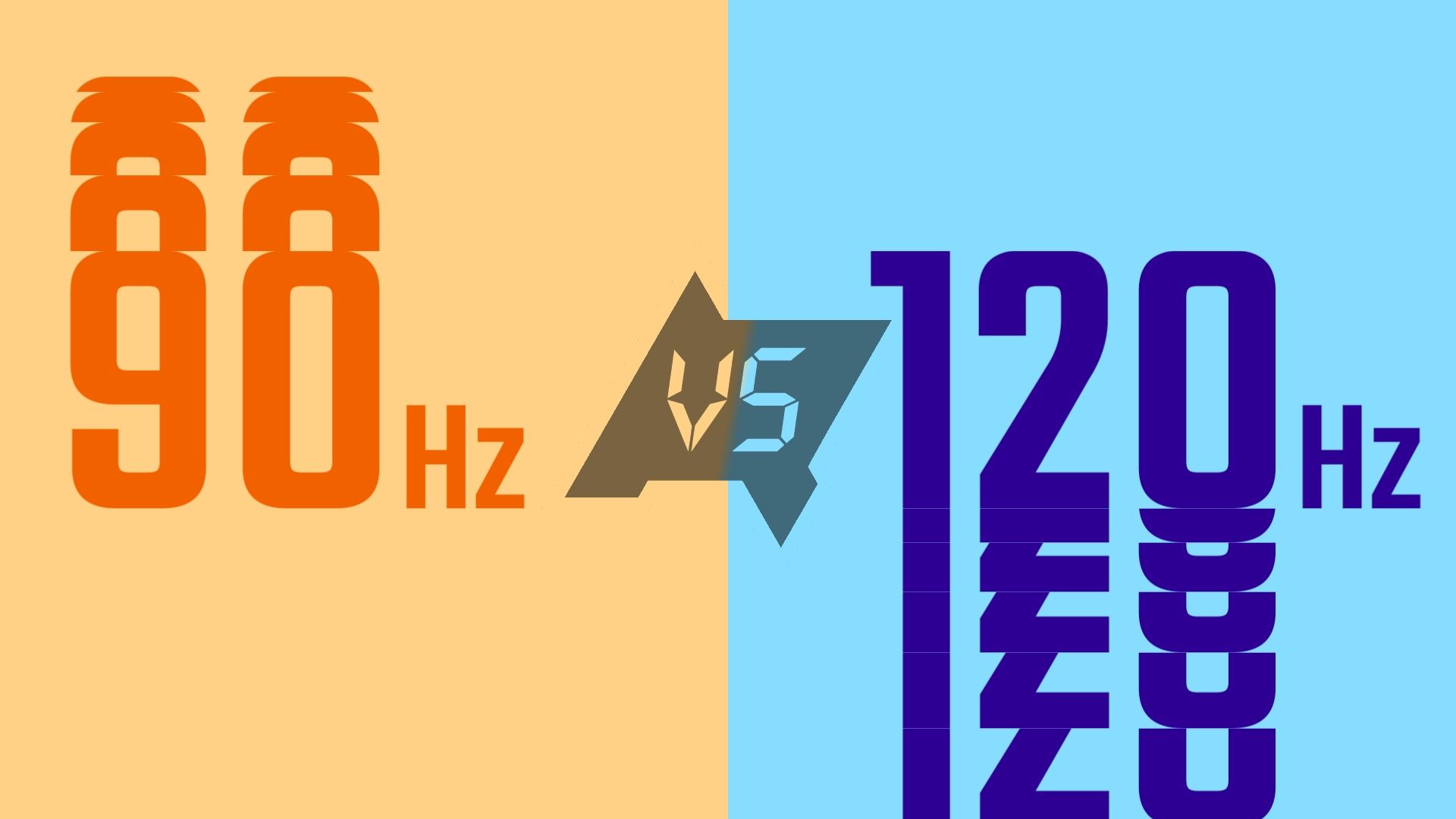
What are smartphone display refresh rates and why should I care about them?
Embrace the silky smooth scroll
Android phones with high refresh rate displays have become commonplace. Even some of our favorite budget phones now feature a 90Hz or 120Hz display. And some of the best gaming phones ship with a 144Hz refresh rate display. But what exactly is a display's refresh rate? And how does it benefit you in daily use? Is a display with a 120Hz refresh rate better than one with a 90Hz?
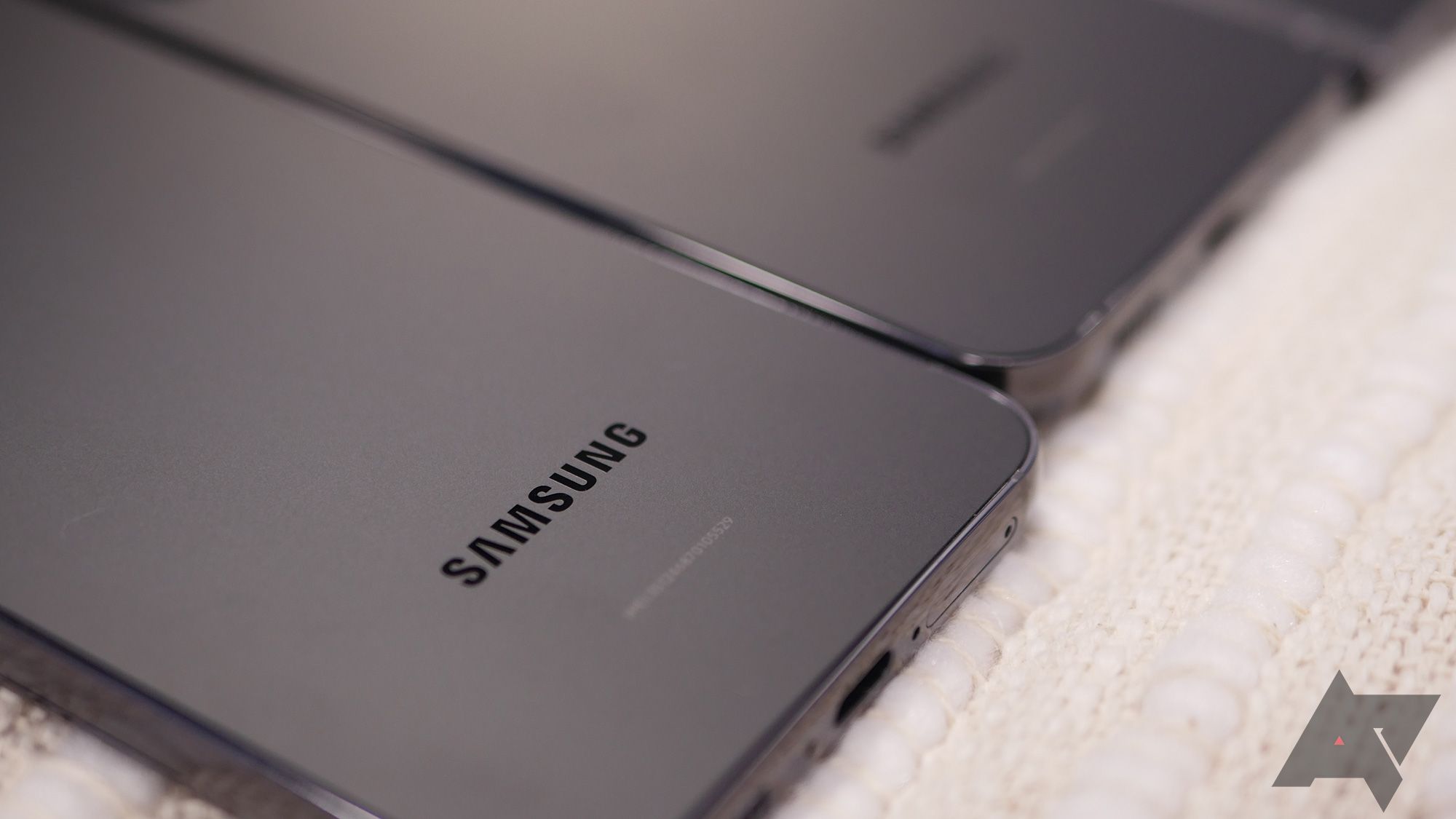
Samsung may finally give Galaxy S24+ the display upgrade it needed
It is rumored to feature a screen with 1440p resolution
Although Samsung has confirmed few details about its upcoming Galaxy S24 lineup, there has been much speculation surrounding the displays on the rumored devices. In the past, Samsung has released phones with curved screens, but it has slowly gravitated toward models with flatter, larger displays. Now, rumor has it that the S24+ will feature a 1440p display, which might make it worth reaching for over the entry model.
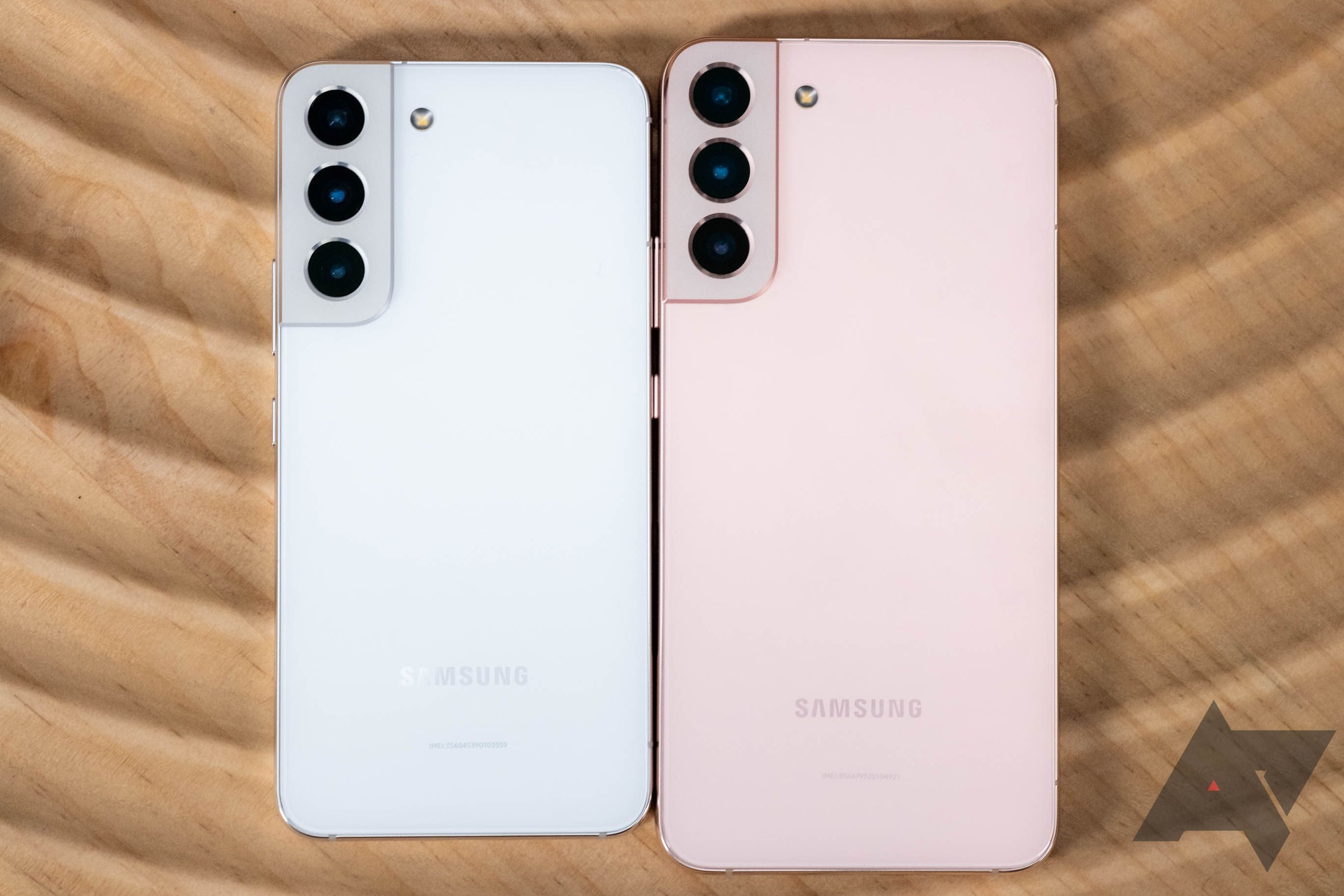
Samsung attempts to explain Galaxy S22 screen refresh-rate shenanigans
Trying to cut through the jargon
Read update
Smartphone displays with adaptive refresh rates are able to run low and slow to save power while still bringing content like films and website content at optimal quality. But Samsung's latest Galaxy S22 and S22+ don't go as slow as they were marketed to be.
.JPG)
It looks like a very bright future indeed for the Samsung Galaxy S22 Ultra's display
They could be extremely expensive, impishly impractical lightbulb replacements
Samsung smartphones are known for their bright, colorful AMOLED displays and the ones on the Galaxy S22 series of devices look to be no exception, especially with this new information coming in.
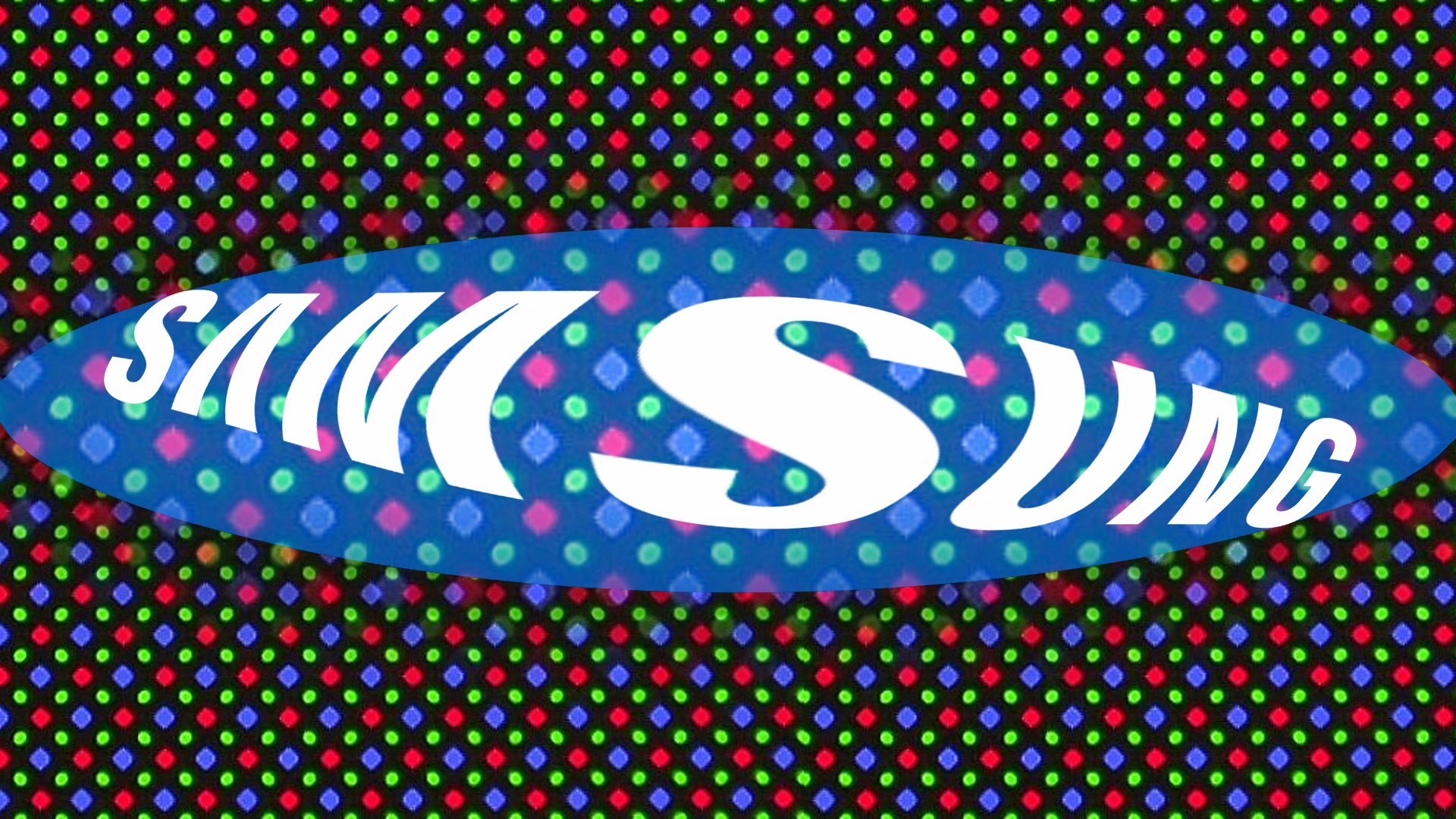
Samsung shows off its stretchiest stretchable display yet
Not 'largest, stretchiest display,' 'largest stretchiest display'
Do you remember how long foldable OLED displays had to hang out at tech convention floors before they finally started appearing in products? Well, say hello to the display your phone of 2030 might have. Okay, not exactly this one.
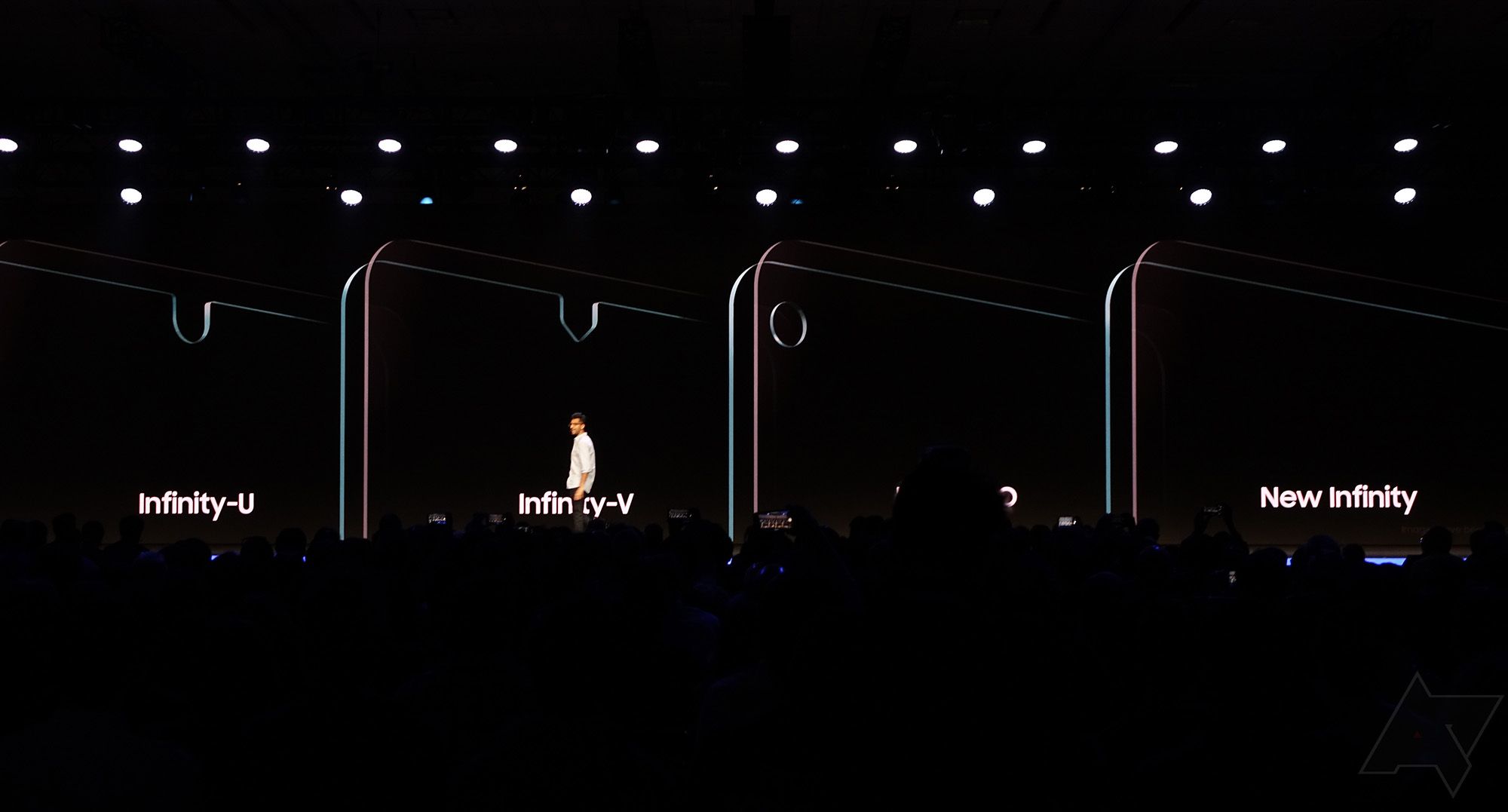
Samsung is among the last remaining outposts for committed notch haters, but they may soon have to accept the inevitable. At Samsung's developer conference today, the company talked about building on its "Infinity Display" designs. That culminated with the Infinity Flex, but before that Samsung teased upcoming Infinity Display designs, and three of them have notches.
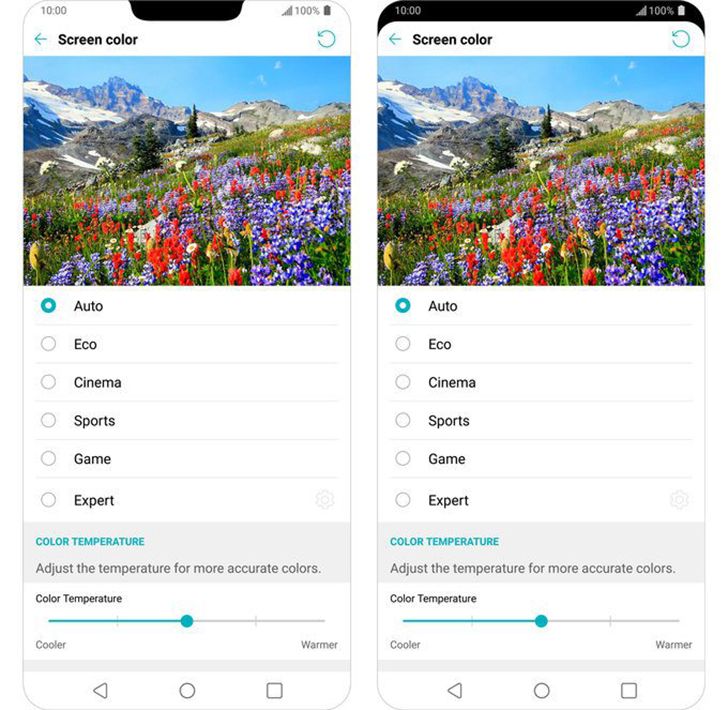
LG has waited a bit longer than expected to announce a successor to the G6, but the G7 ThinQ is probably just around the corner. LG has been dropping breadcrumbs in the lead-up to the announcement, and today it's talking about the screen. As previous rumors suggested, it'll be an LCD. However, LG says its "Super Bright Display" technology will offer improved battery life with a brightness of 1,000 nits.
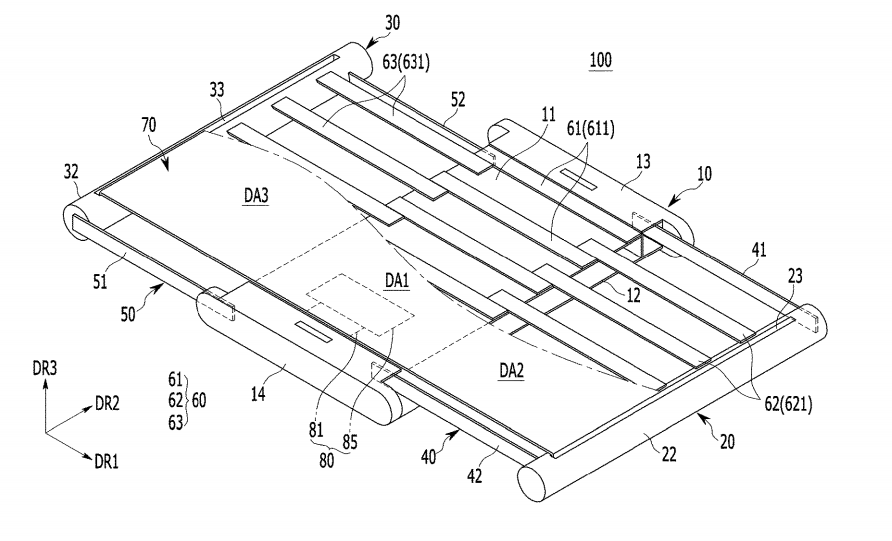
Foldable smartphones have been patented, demoed, and scrapped more times than any of us can count over the years. Maybe foldable phones aren't the future—maybe the future is going to be about expandable phones. Samsung has filed a patent for a smartphone display that expands when you pull on the sides. It's like carrying a smartphone and a tablet at the same time.
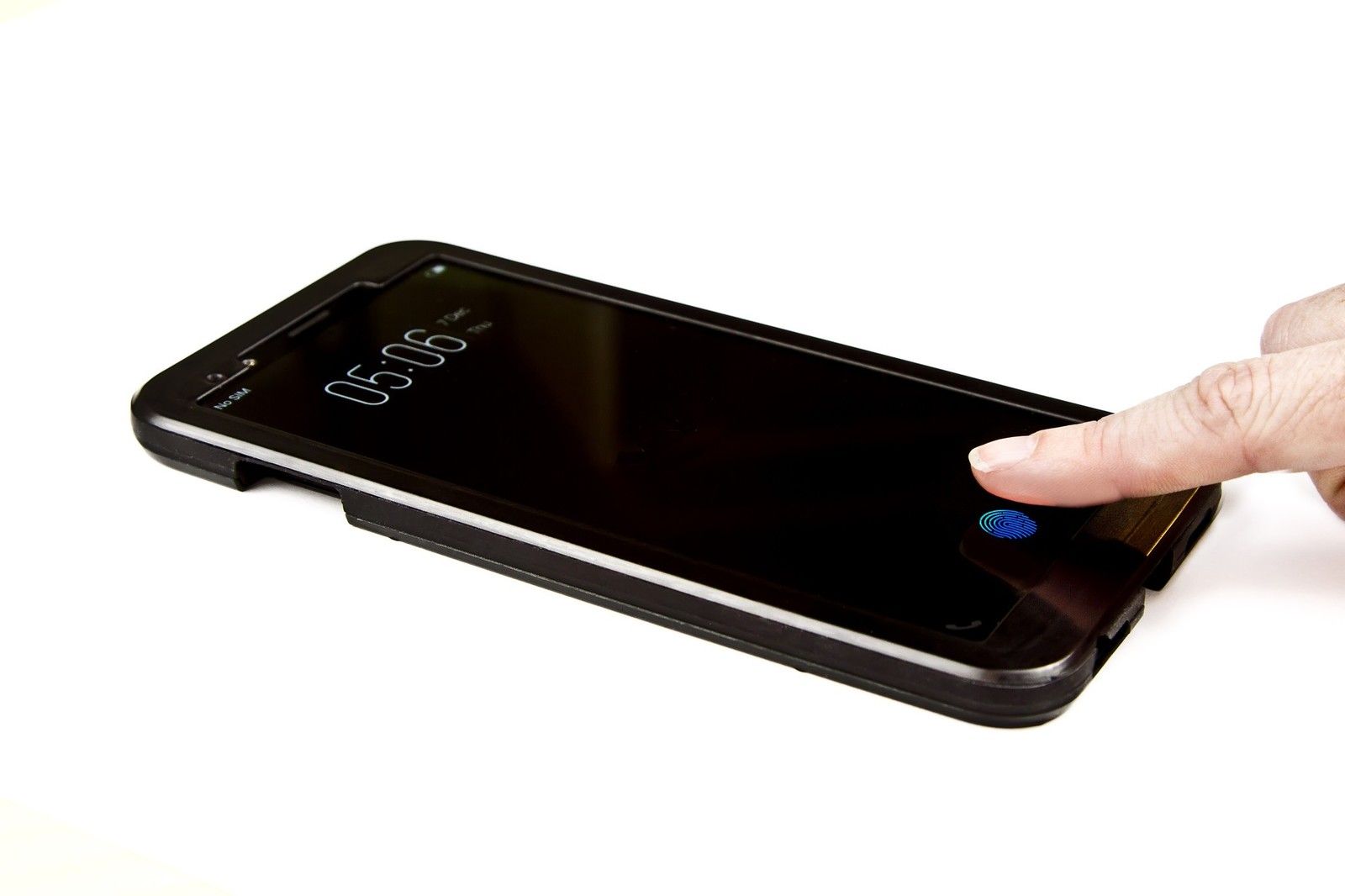
Getting the fingerprint sensor inside a display has been the next logical step for years (unless you're Apple). It has proven hard to crack the code on that, though. As displays keep getting bigger, it's time for someone to take the plunge, and Synaptics says it has the technology to make it happen. Its new Clear ID in-display fingerprint sensors are coming soon in partnership with a "top 5" smartphone OEM. That's a bit cryptic.
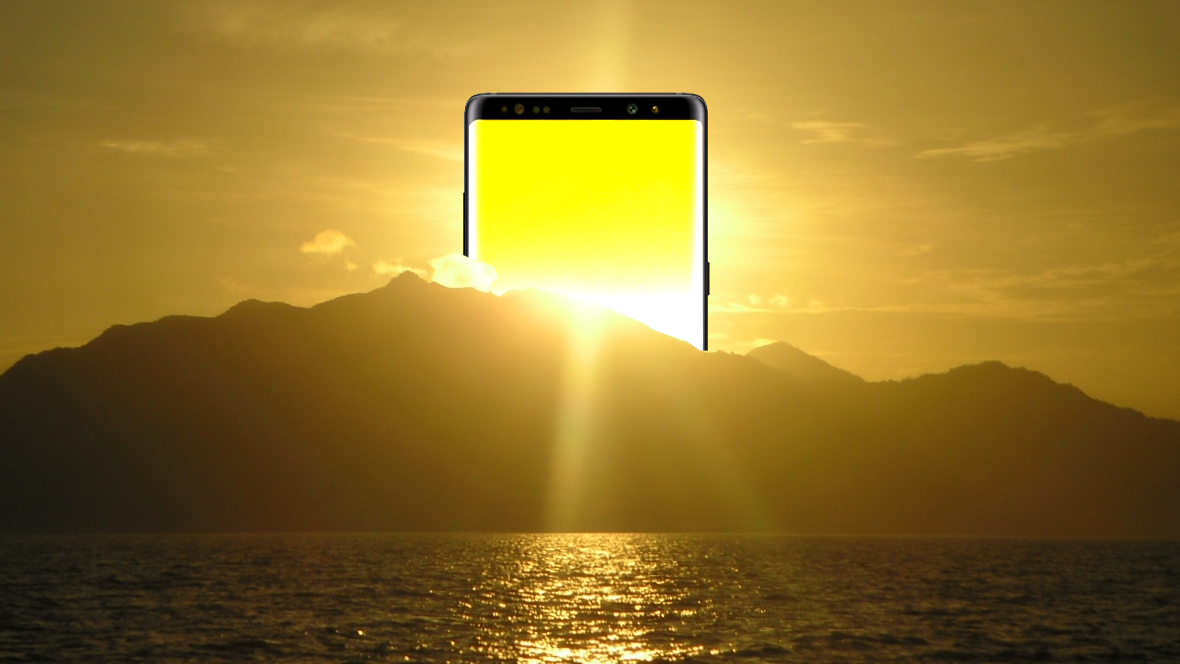
Since time immemorial, DisplayMate has done a review on the screen of Samsung's upcoming flagship just before launch. Well, it's that time of the year, and they're at it again with Samsung's Note8. As you'd expect, all the numbers look pretty fantastic. But the most shocking by far is the 1,200 nits of brightness that Samsung's latest can spit out. I hope everyone saved their eclipse glasses.
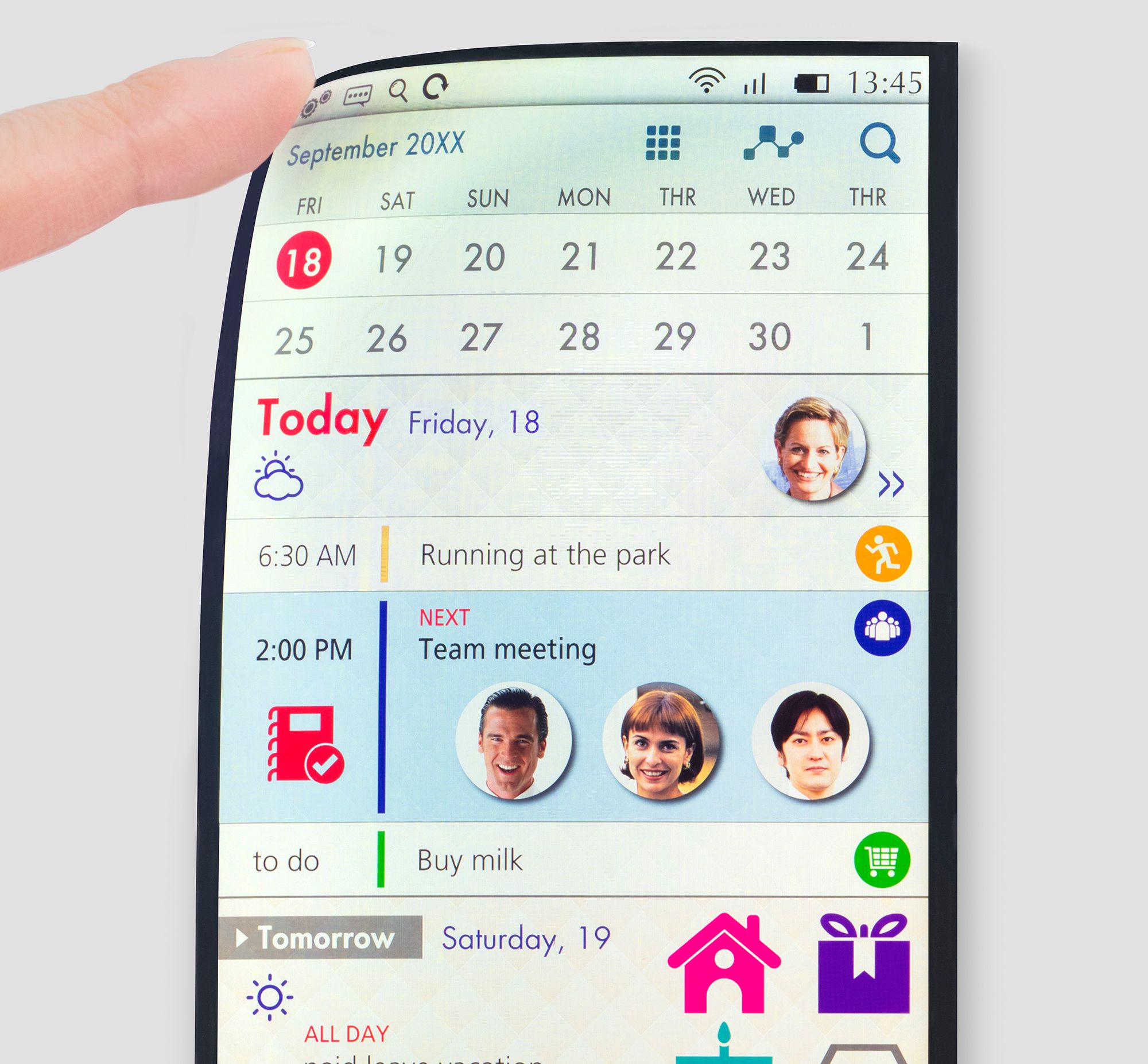
We've seen flexible displays tech pop up at trade shows for years, but it doesn't really show up in products you can buy. The closest we've gotten are the curved AMOLED displays from Samsung. Now, JDI (that's Japan Display Inc) has announced a new LCD display tech that is flexible and resistant to cracking. You can't buy anything with this display yet, but maybe down the road.
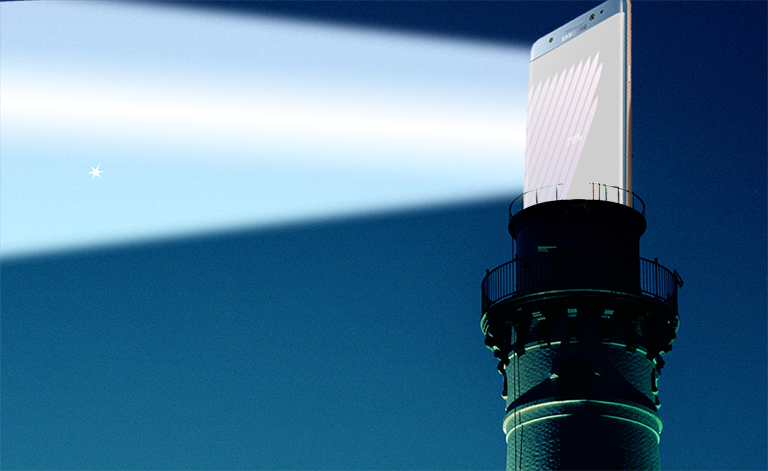
It's become a biannual tradition that DisplayMate tests the latest Samsung phones just prior to release and proclaims them to have the best displays everTM. DisplayMate isn't necessarily wrong, though. Samsung's displays are fantastic, and they get better with every revision. We've hit a milestone with the Note7 in particular. DisplayMate says Samsung's latest and greatest can achieve more than 1,000 nits of brightness.
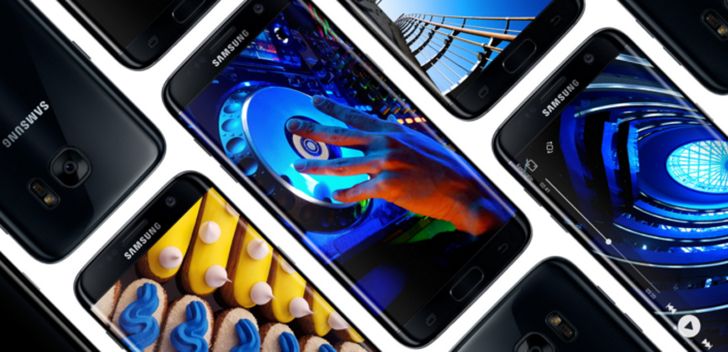
DisplayMate has long been testing and ranking smartphone displays, and for the last several years Samsung has had a lock on the top spot. That is not changing with the release of the Galaxy S7. Dr. Raymond Soneira has once again found Samsung's latest display to be the best around, and an improvement over last year's Super AMOLED.
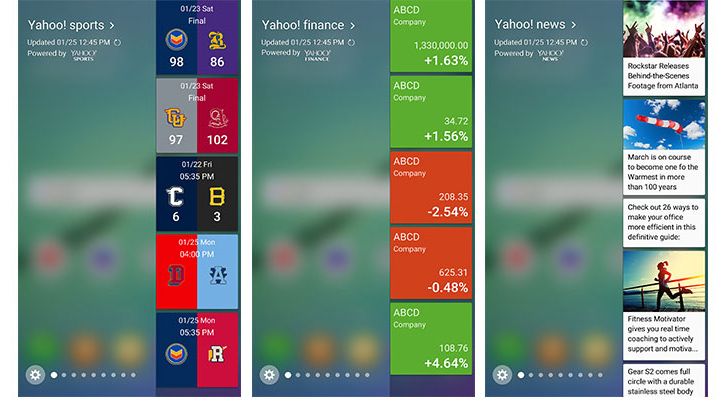
Samsung had an unexpected hit on its hands with the Edge display on the GS6 Edge and Edge+, but that was all because of how it looked; there was hardly any additional functionality tied to the curved screen. With the Android 6.0 update (and upcoming Galaxy S7 Edge, I'm sure), Samsung is adding some new features that make the Edge display more worthwhile.
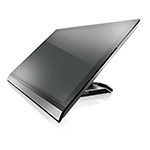
To get an early start to CES 2014, electronics giant Lenovo announced a new 28" Android-powered all-in-one 4K display to add to its substantial line of display products. According to Lenovo's press release and spec sheet, we can expect Android 4.3, a Tegra 4 processor, and a plethora of other features. Here's the official list according to Lenovo's spec sheet:








